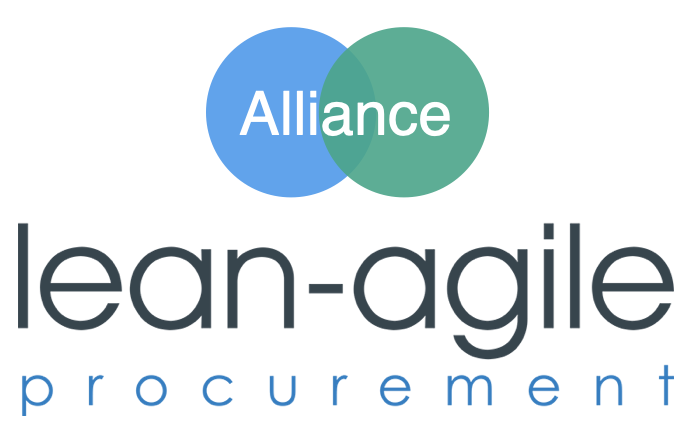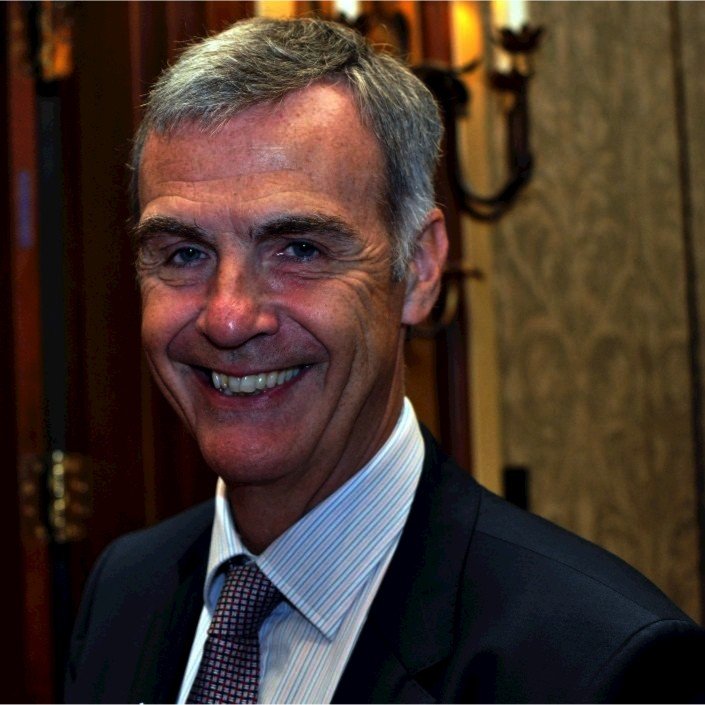Trust-Based Development of the COVID-19 Vaccine
Find out why BioNtech, Pfizer and Fogun chose to work together in a trust-based way, rather than what you might expect from a contract. Tim Cummins, President of the WorldCC, along with Ugur Sahin, CEO of BioNtech, shared this story at the World Agility Forum 2024, co-hosted by the LAP Alliance this year.
Hear Ugur Sahin, CEO BioNtech speaking about why and how they’ve established a trust-based collaboration with their former competitors Pfizer and Fosun and why this all has resulted in the most successful project ever for all the parties.
Transcription of Ugur Sahin’s part:
“ Indeed, the question is, how can you generate a contract for such a complex project to develop a vaccine, again, a completely unknown pathogen, yeah, where So what we understood is there's no time to make a contract. Contract making requires usually at least six, usually up to 12 months in the pharmaceutical industry.
So we just started with a letter of intention to collaborate. Yeah, it was a few page document describing in a memorandum of understanding the shared vision. The framework of core principle to direct the collaboration, some of them which I had listed in the slide before.
And the memorandum of understanding explicitly provided flexibility to address challenges. And adapt the contract and adapt the principles when the situation evolved. So the only agreement that we signed later on was the development agreement. And, there were other agreements, agreements, which were needed, for example, the manufacturing agreement, the commercial commercialization agreement.
And we did not touch that. So actually the commercialization agreement was signed about 10 months after we started the project, and the problem was in this agreement and also in the manufacturing agreement that it was difficult to describe what we were doing on a daily basis.
Because if you put that into a contract language appears not to fit anymore to the way how we solve the problem. And as mentioned, commercial interests were not a roadblock because they were not the key drivers of this project. So we simply decided that the project is a 50 percent cost sharing and profit sharing collaboration and we will find out later on.
How to sort that in, in detail. I don't know. The only thing that I know is that this task based collaboration was the most successful way of dealing with the project. And, and the project became also commercially highly attractive. For me, the key question is, I strongly believe that all, all task-based collaborations there which would use the same type of model would be much superior, than collaborations which are based on control.”
Watch the Recording
FREE Download of the Slides
Expect other case studies from all around the world in this series.
Speaker Bio
Tim Cummins, President at World Commerce & Contracting
Thank you!
Ab big thank you goes to our sponsor apd.coach for taking care of the post production of all these videos





